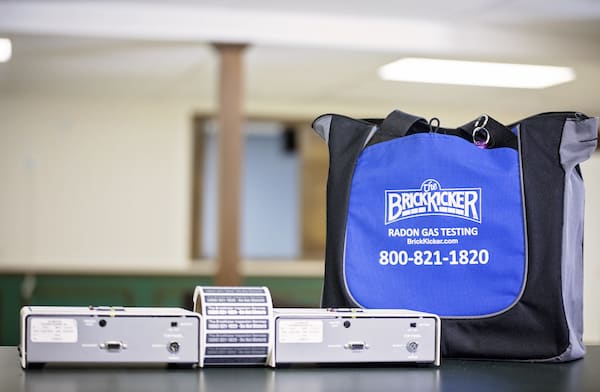Radon Gas Testing
Radon is a cancer-causing, radioactive gas that you cannot see, smell, or taste. Keep your property safe with radon gas testing.
Radon is a cancer-causing, radioactive gas that you cannot see, smell, or taste. Keep your property safe with radon gas testing.


Radon gas is a naturally occurring element found in many homes. This tasteless, colorless gas is the second leading cause of lung cancer. The EPA has established 4.0 piC/L as the action level. Testing your home during the real estate process will provide the information necessary to keep a home safe and healthy. Radon gas is also easily remediated by the installation of a mitigation system. It is also important to test the mitigation system after it is installed.
Did you know that radon levels change all the time, even within a single day? With Ecosense radon monitors, you can accurately track these fluctuations in real-time.
Brickkicker Inspection Services* partners with Ecosense to give Special Pricing to our customers.
Shop EcosenseEnter our promo code BKRADONSAFE at checkout

Radon is an invisible and odorless gas that can cause lung cancer at high saturation levels. It’s caused by the natural breakdown of uranium
Read MoreRadon is a naturally occurring gas that’s found at low levels outdoors; however, it tends to concentrate indoors, and at high concentrations, exposure can
Read More